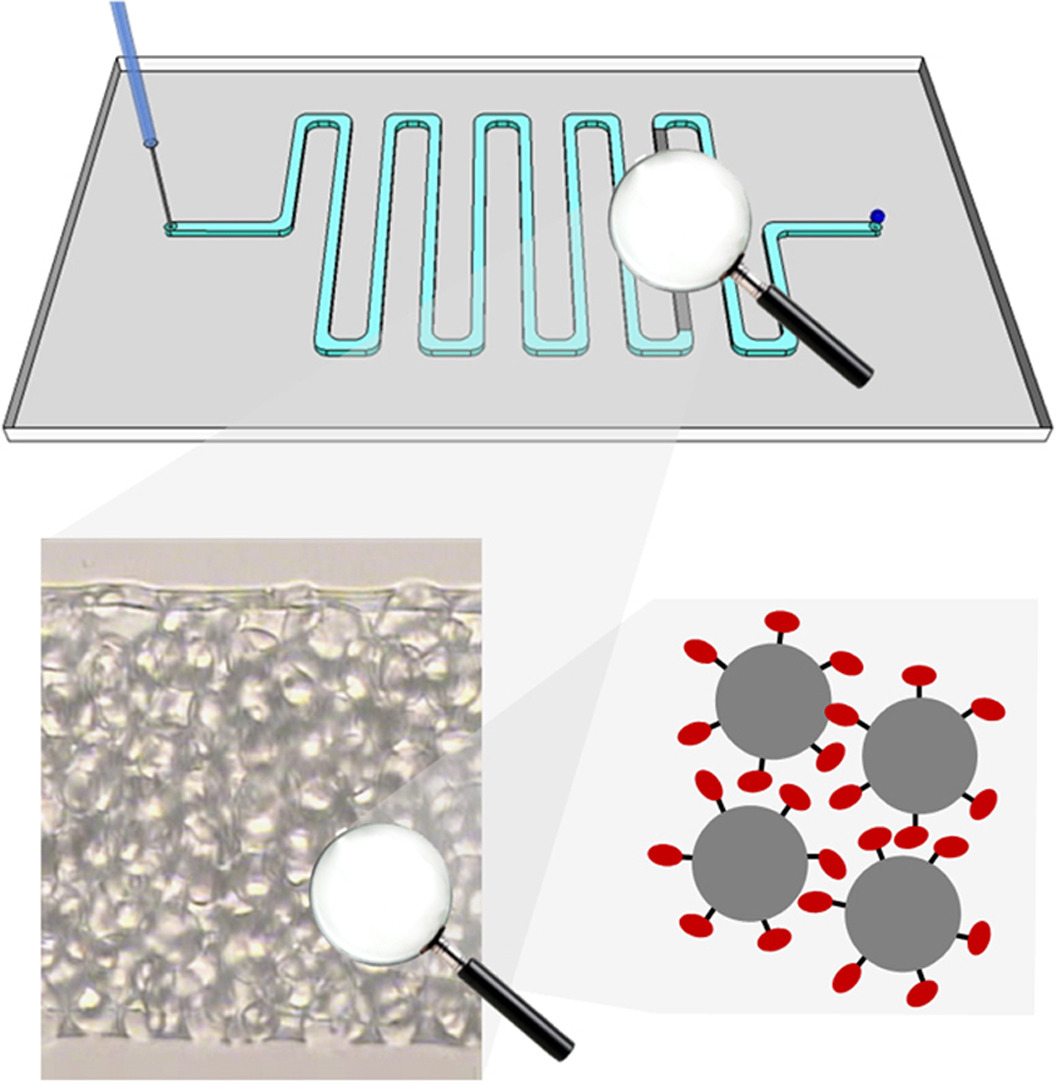Note: Many types of nanosensors are designed using CP nanomaterials for nanobiological applications. (Conductive surface) The oxidation of conductive polymeric materials is easily altered by redox mechanisms, and the charge transfer properties of these materials are affected by structural parameters, such as diameter and dimensions.
CP materials are able to provide sensitive and rapid responses to specific biological and chemical species. Techniques such as chemical polymerization are often used to make CP nanomaterials. Manufacturing strategies can be divided into three categories: hard mold synthesis, soft mold synthesis, and mold free synthesis. The most widely used conductive polymers used in nanosensors are nanomaterials made from CP due to their unique chemical and electrical properties due to the properties of their pie-electron nanosystem are used in various nanosensors.
Many modeling and functionalization technologies are being developed to control the location, distribution, amount, or structure and orientation of biological nanomolecules at the nanomaterial level. Therefore, our level of contact between biological nanomolecules and nanomaterials is of particular importance in countless applications. Covalent and non-covalent modifications are two general methods for coupling biological molecules and CP nanomaterials. Covalent functionalization is a chemical process in which a strong bond or relationship between nanomaterials and biological molecules is formed. In many cases, surface chemical modifications are required to create active groups that can bind to biomolecules. Unlike covalent functionalization, in the non-covalent method, nanomolecules can be removed without destroying the geometric and electronic structure on the surface. Nanomaterials are formed.
Conclusion :
The large surface-to-volume ratio in nanostructures and the high potential for signal amplification provide ideal conditions for marking and detecting biological elements in the structure of nanosensors.
Researcher and author: Dr. ( Afshin Rashid)
PhD in Nano-Microelectronics




